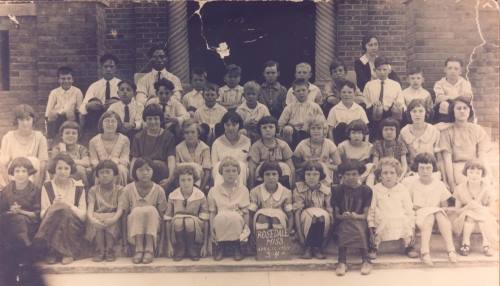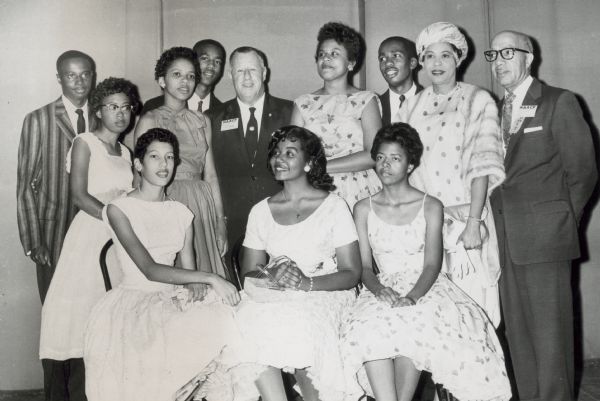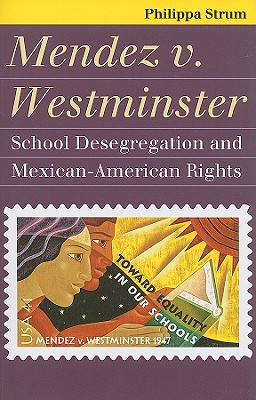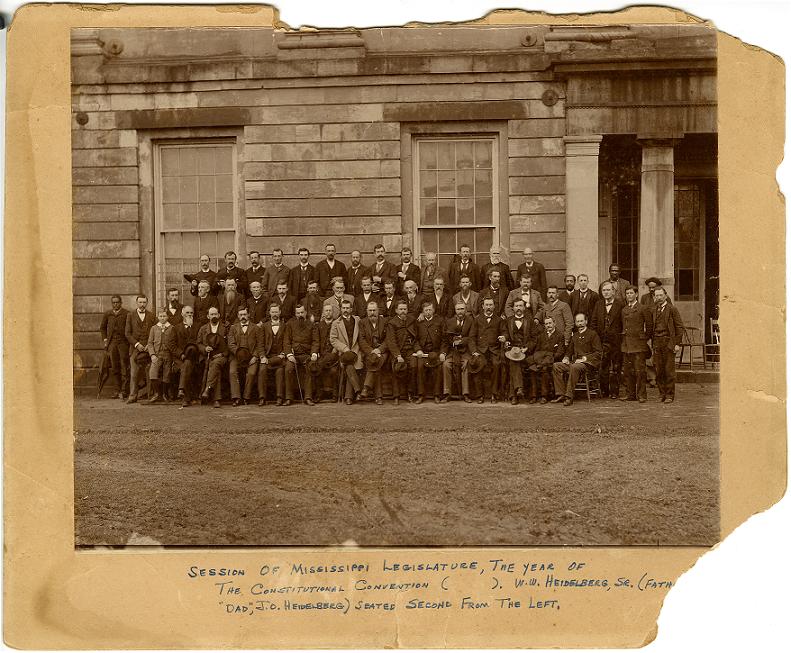On Nov. 21, 1927, the U.S. Supreme Court ruled in the case of nine-year old Chinese-American Martha Lum (seated 3rd from left in front row), daughter of Gong Lum, who was removed from the Rosedale Consolidated School in Bolivar County, Mississippi, solely because she was of Chinese descent.

Before she was removed, Lum’s 3rd-4th-grade class at Rosedale School in Bolivar County, MS, in 1924. Source: Delta State University Archives & Museum
In Lum v. Rice, the U.S. Supreme Court ruled that state’s rights and Plessy v. Ferguson applied to Asian American students, or as the court said, students of the “yellow race.”
Read more about the case in “The Lost Episode of Gong Lum v. Rice” by G. Edward White from Green Bag. Here is an excerpt:
The schooling options for Chinese families in the Mississippi Delta in the early twentieth century were limited. Mississippi did not pass a compulsory school law until 1918, and the Mississippi Constitution of 1890 had provided that separate schools were to be provided for the “white” and “colored” races.
Virtually no Chinese families chose to educate their children in “colored” schools, educating them at home, hiring private tutors, or sending them out of state or even to China for schooling. Some, however, were able to enroll their children in white public schools. One Chinese resident of the Delta described the educational climate for Chinese in the 1920s:
By law the Chinese weren’t allowed to go to the Bok Guey [white] schools, but . . . some went anyway. If you lived in a small town and you mixed with the Bok Guey, . . . they would let the Chinese go to their schools ’cause they don’t know no better. But as soon as . . . somebody said [a child was] colored, she’s Chinese, then you have to be dismissed. . . . [T]hat’s what happened to Mrs. Gong Lum.13
When the Rosedale Consolidated High School opened its school year in 1924, the Lums attempted to enroll Martha. At the noon recess on that day the superintendent of the school notified Martha that under an order of the school’s board of trustees she was excluded from the school on the ground that she was of Chinese descent, and thus “colored” and ineligible to attend. “Mrs. Gong Lum,” the same Chinese resident recalled, “got very angry with the Rosedale School board . . . [S]he tried to bring a lawsuit to make them let her children go to school. She thought she could bluff them . . . .”14
There are many layers to the racism in this story, as noted in The Story of the Chinese Family That First Fought to Desegregate Southern Schools: Racial politics in the Jim Crow South were more complicated than you think:
Although the Lums sought to fight racism against Asian-Americans and provide their daughters with access to a quality education, their lawsuit was itself rooted in pronounced anti-Black racism.

The Lum family brought the challenge because they didn’t want society to see their daughters as being in the same category as Black students, or force them to attend the same institutions as black children.
The girls’ mother, Katherine, “knew that such a classification would have instantly disenfranchised her family,” the book [Water Tossing Boulders] says. “For Katherine to send her children to the colored school would be to yield to the trustees, to agree with them that her daughters were not worthy of the privileges afforded to whites.”
Two books on the topic are:
Water Tossing Boulders: How a Family of Chinese Immigrants Led the First Fight to Desegregate Schools in the Jim Crow South by Adrienne Berard, Beacon Press (2016)
The Mississippi Chinese: Between Black and White by James Loewen, Waveland Press (1988)
The Zinn Education Project offers free downloadable lessons and book recommendations on the long history of the struggle for school desegregation.














Twitter
Google plus
LinkedIn